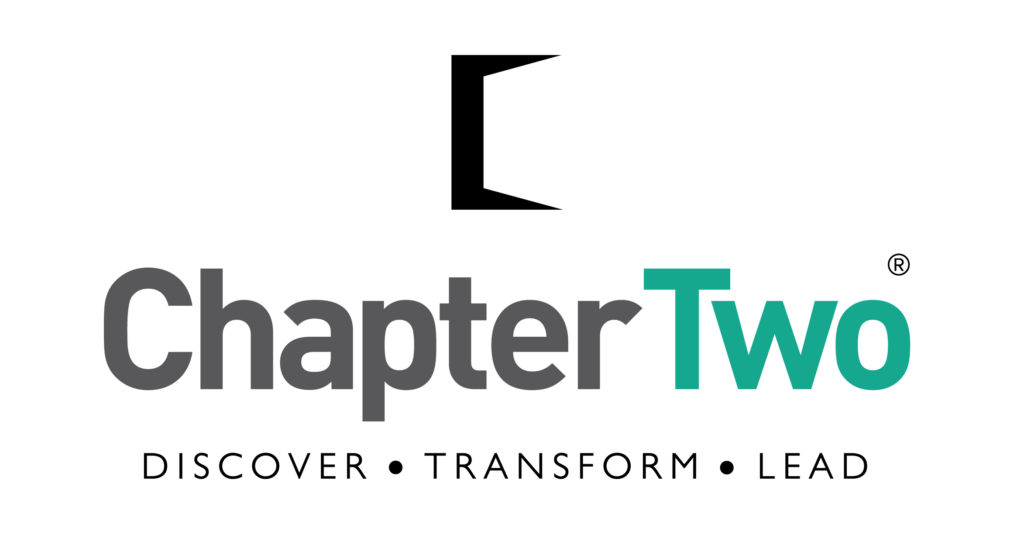We all meet people who challenge our sanity every now and then. Sometimes it’s at work. Sometimes it’s friends. Sometimes it’s our own family.
The bottom-line is the same: they drive us up the wall with their unreason and their stubbornness.
In situations like these, we tend to get mad in order to get even. The problem is we don’t know when to get mad and how much. There’s a great quote by Socrates:
Anybody can become angry. That is easy. But to be angry with the right person and to the right degree and at the right time and for the right purpose, and in the right way – that is not within everybody’s power and is not easy.
So how can we manage this better? Here’s an approach that might help.
When we’re mad at someone there are two factors at work:
Factor 1: Degree of disagreement with our values
Factor 2: Perceived significance of the event
Let’s say, we’re mad at someone for not responding to our emails on a certain issue. Our anger derives from the above-mentioned two factors.
Factor 1: Degree of disagreement with our values
We feel our friend’s act of not responding to our emails shows disrespect to our values. The values in question here could be promptness or closure or respect for an opinion.
Factor 2: Perceived significance of the event
This involves the perceived significance of the event, as per us, to which the above email is connected. Is it about a job? Is it about a party?
Now, if we step back, and look at these two factors, we will see there are four quadrants into which the other person’s anger-triggering action can fall.
Situation 1: High disagreement with our values, high significance of event
Response: Express disapproval firmly but gently
Examples: During a project, a colleague takes an important decision in our area without consulting with us. It is perfectly justifiable to express disapproval in this case with statements like “That’s not cool. I don’t appreciate what you did. Next time, please consult with me.”
Situation 2: High disagreement with our values, low significance of event
Response: Find a way to communicate it through humour
Examples: During a project, a colleague casually jokes about your delays in front of your boss. Losing your cool over this is bad form. You can keep your cool, laugh and say something like, “Ah, it takes one to know one?”
Situation 3: Low disagreement with our values, high significance of event
Response: Request someone else to step in and do the needful
Examples: There’s a painting job happening in your house. The work is significant. But the arguments your mother and the painter have are petty in your scheme of things. However, the pain value of this to you is high. Ask someone else to step in for you, like a spouse or a sibling. Perhaps they will see it from another point of view and handle it better while you tackle something more important which needs your skill more.
Situation 4: Low disagreement with our values, low significance of event
Response: Let it go
Examples: A friend speaks rudely to you while driving the car through traffic. It’s not personal. He or she is just basically short-tempered and loses it frequently while driving. Put things in perspective. And let it go.
The wonderful thing that starts to happen to you when you follow this approach is that you drastically reduce the number of times in a day you take offence. Earlier if there were 5 in a day, now you can make it 3 in a day, then 2 in a day, then 1 in a day. Of course, the judging of the situation is up to your values and your wisdom. No one can help you there. You need to make that decision yourself.
About the Author:
Sandhya Reddy is a Life coach and Leadership coach based in Bangalore, India. She is the Founder and Principal Coach at Chapter Two Coaching, a coaching consultancy that enables everyone from CEOs to work-from-home parents to achieve their goals by replacing self-imposed limitations with enabling stories.
Sandhya, a life coach in Bangalore, who runs a life coaching academy, can help individuals with a desire for change to examine their beliefs – or their ‘stories’ – and change them for the better, so they can achieve their goals.
Many of us in our thirties experience a disquieting realization: what brought us to middle-management may not take us to senior-management. This is true. To chart a new career path, one needs to think and do things differently. This is where Sandhya can help. She is a coach. Life coaching, executive coaching, personality development, leadership coaching… they are all part of her forte. Her Executive coaching programs helps tomorrow’s leaders set new goals, make new plans to achieve those goals, get that elusive promotion through a blend of knowledge, action and image-building, enhance influence among the leadership team, be more productive, get more out of one’s team, and be known in the company as an indispensable performer and future leader.
